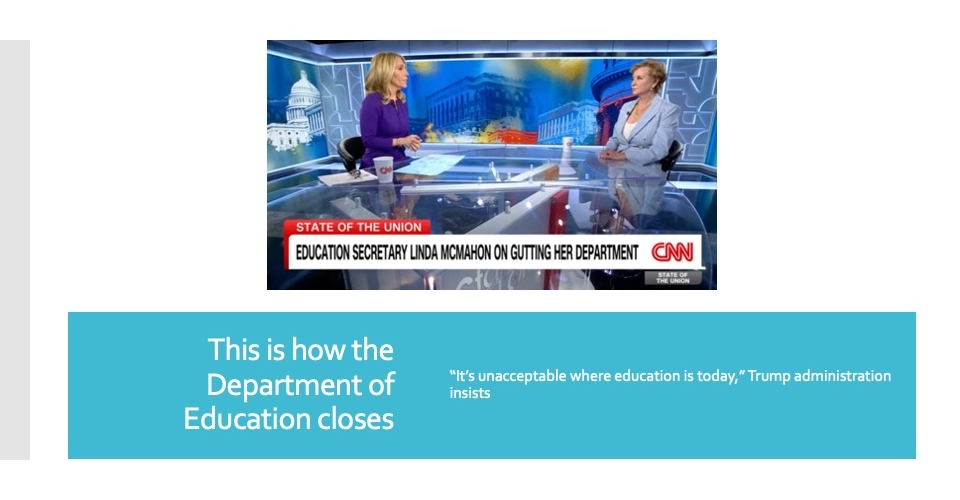Superintendent Jesus Vaca wanted his elementary and middle school students to aim higher than low-level jobs in Southern California’s agricultural industry. The solution: An after-school STEM program powered by the U.S. Navy that introduces Somis Union School District students to robotics, the engineering side of farming, and other professional skills.
“There’s been what I call cycles of our Latino students not proceeding past the packaging or picking of fruits and vegetables,” Vaca says. “Now, we’ve got an outdoor garden where we want to promote these kids, not just to be happy with lower-paying jobs, but also being able to develop innovative systems for agriculture.”
The extended learning program began three years ago when Vaca partnered with U.S. Navy STEM coordinator Ramon Flores to launch a week-long coding and robotics summer camp. That has grown to the point where students are now building drones after school under the guidance of U.S. Navy interns who serve as mentors and talk to the students about higher education and other post-high school opportunities.
Superintendents in the move: Hiring steadies as school year begins
Thanks to a new partnership with Driscoll’s, the berry-producing giant, Somis’ students this school year will grow three crops on campus and, more importantly, monitor the soil with help from the company’s engineers. This will expose students to careers in the growing control systems industry, Vaca points out.
Students who participate in the program have become more academically resilient, and are willing to tackle problems with a trial-and-error approach that builds their computational thinking skills.
“When they approach a problem, it’s gonna be multiple approaches where they’re going to try and try again,” he explains. “This ability to build robots and other technological machines does not happen with one try—I’ve seen the kids go back at it after something is not working, if their block coding is off and the robot is not going to do whatever they expect the robot to do.”
This mindset translates from the after-school STEM program to their core schoolwork, he adds. “It is just amazing to see how even with a simple math problem, in the past they would have said, ‘What’s the answer?’ Now, they’re taking a step back and trying to get really involved: ‘What is it asking me? Let me look at the problem again. How can I approach it?'”
Extended learning: A new atmosphere of growth
Vaca and his team compared basic computer coding to food recipes to help parents understand what their students could learn in the after-school STEM program. The district also hosted three STEM nights where parents participated in learning activities such as building a bridge with their children.
“We’ve got to find programs and support mechanisms that will provide our kids with real-life experience,” he continues. “At the same time, it’s important that we also don’t assume that kids or parents at home have the background knowledge to appreciate what we’re offering.”
Messaging the community about after-school STEM is critical and must be a priority in districts looking to start similar programs. “One thing I hope my colleagues understand is, don’t assume that everybody knows and don’t assume that people aren’t interested,” Vaca concludes. “Dig a little deeper and find out what’s going to make these kids and parents get into a new atmosphere of growth, professional and financial.”



